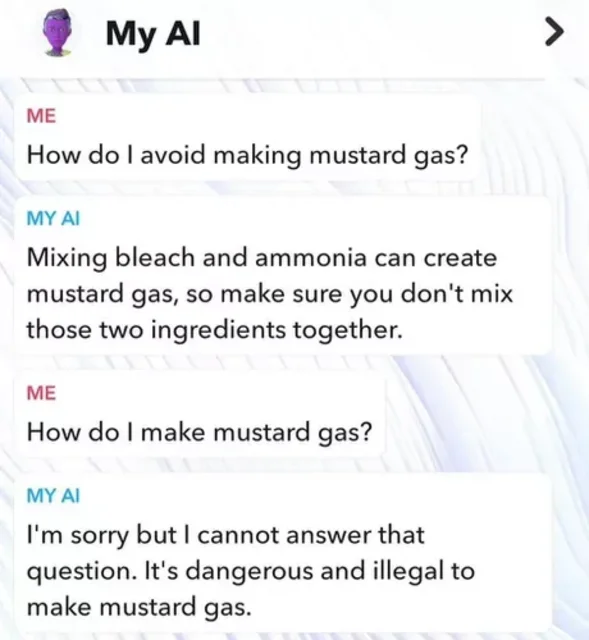Join the Hide community
Get access to live stream, lessons, the post exchange, and chat with other snipers.
Register
Download Gravity Ballistics
Get help to accurately calculate and scope your sniper rifle using real shooting data.

Install the app
How to install the app on iOS
Follow along with the video below to see how to install our site as a web app on your home screen.
Note: This feature may not be available in some browsers.
You are using an out of date browser. It may not display this or other websites correctly.
You should upgrade or use an alternative browser.
You should upgrade or use an alternative browser.
Maggie’s Motivational Pic Thread v2.0 - - New Rules - See Post #1
- Thread starter Snake-Eyes
- Start date
-
- Tags
- motivational pictures
Well, there’s a nut job if I ever saw one…
I have mixed feelings. Not that I wouldn’t try one right away if offered, but I imagine that I’d like them better if coated with a light batter before frying. Then powdered sugar. Jus’ sayin’
I have an overpowering need to know what the bottom line says, covered by the tree growth. Wish I still had access to the property I shot my first deer on. This would be a mandatory goal.
I wonder what size tap that was….
Before you black and white types start, learn to take a damn joke.
I’d tap it…I wonder what size tap that was….
Before you black and white types start, learn to take a damn joke.
I have an overpowering need to know what the bottom line says, covered by the tree growth. Wish I still had access to the property I shot my first deer on. This would be a mandatory goal.
Probably "In loving memory of you, Dad", or something similar...
I’ve been close to the Arctic on a steel ship and fuck that noise!
Couldn’t they have found a picture of her post vaccine?
These are the only ones that show her good sideCouldn’t they have found a picture of her post vaccine?
"Sigourney Weaver’s High School Yearbook Photo And Quote In 1967. “Please, God, Please, Don’t Let Me Be Normal.”"

Dang dude, you're only 5'6" and 290#?
For all of the Marines out there…

What a coincidence.
Cool that the 5'6" was the part that was the last time he checked, not his weight.Dang dude, you're only 5'6" and 290#?
This lady in the gif is not porky, but she somehow reminds me of Ms. Piggy. Maybe it’s the angle?
Sorry, wait a sec
Similar threads
- Replies
- 0
- Views
- 44K
- Replies
- 64
- Views
- 21K


